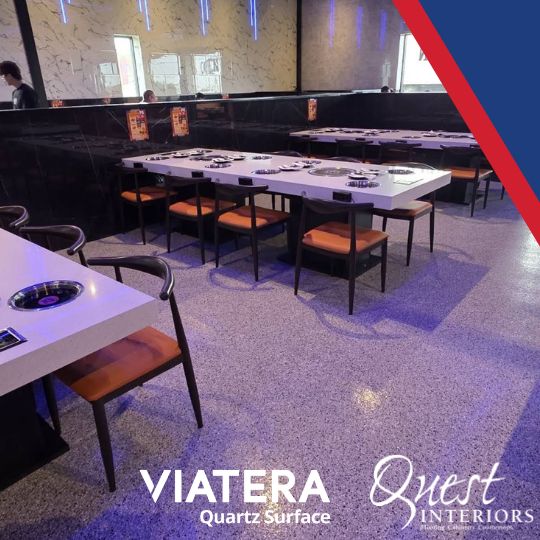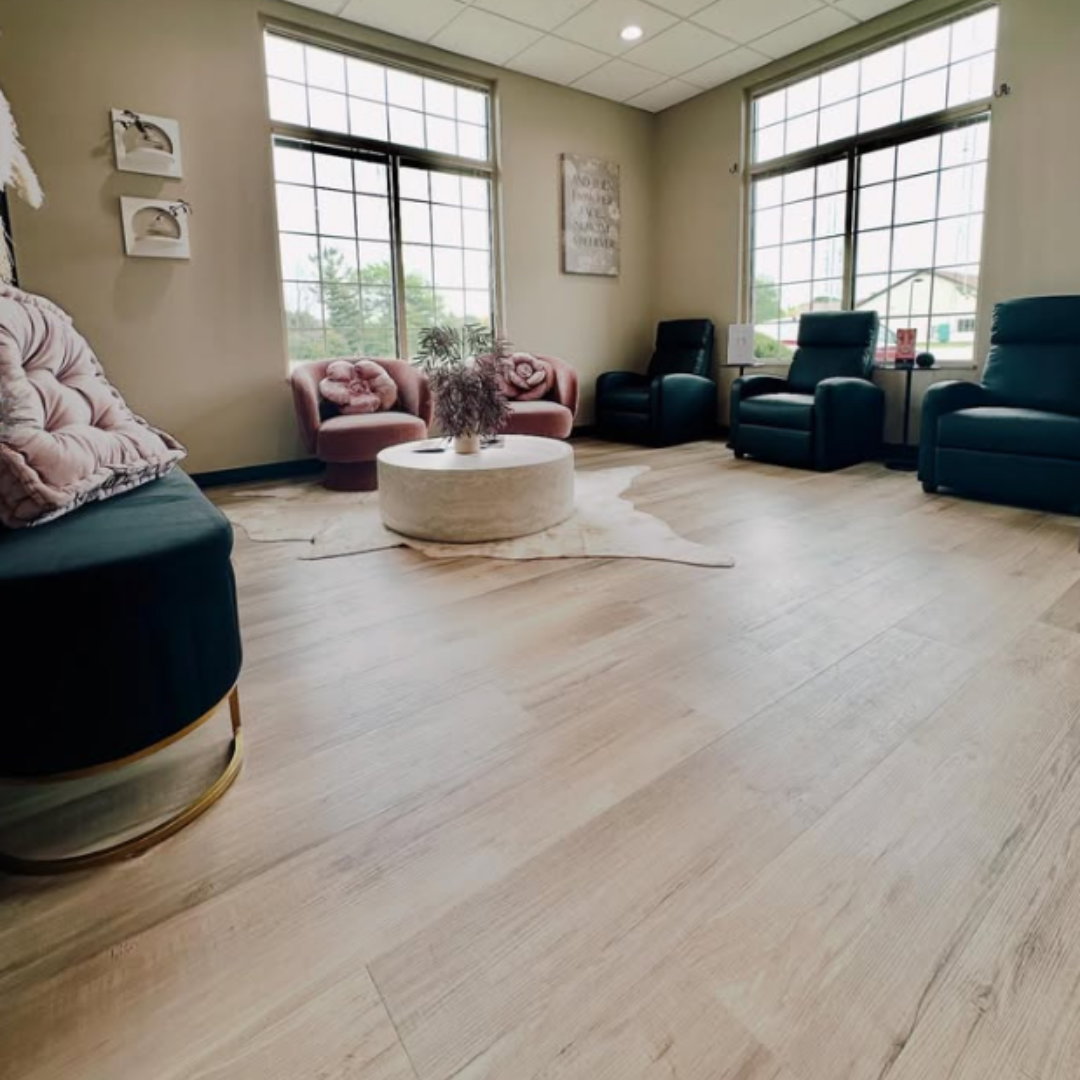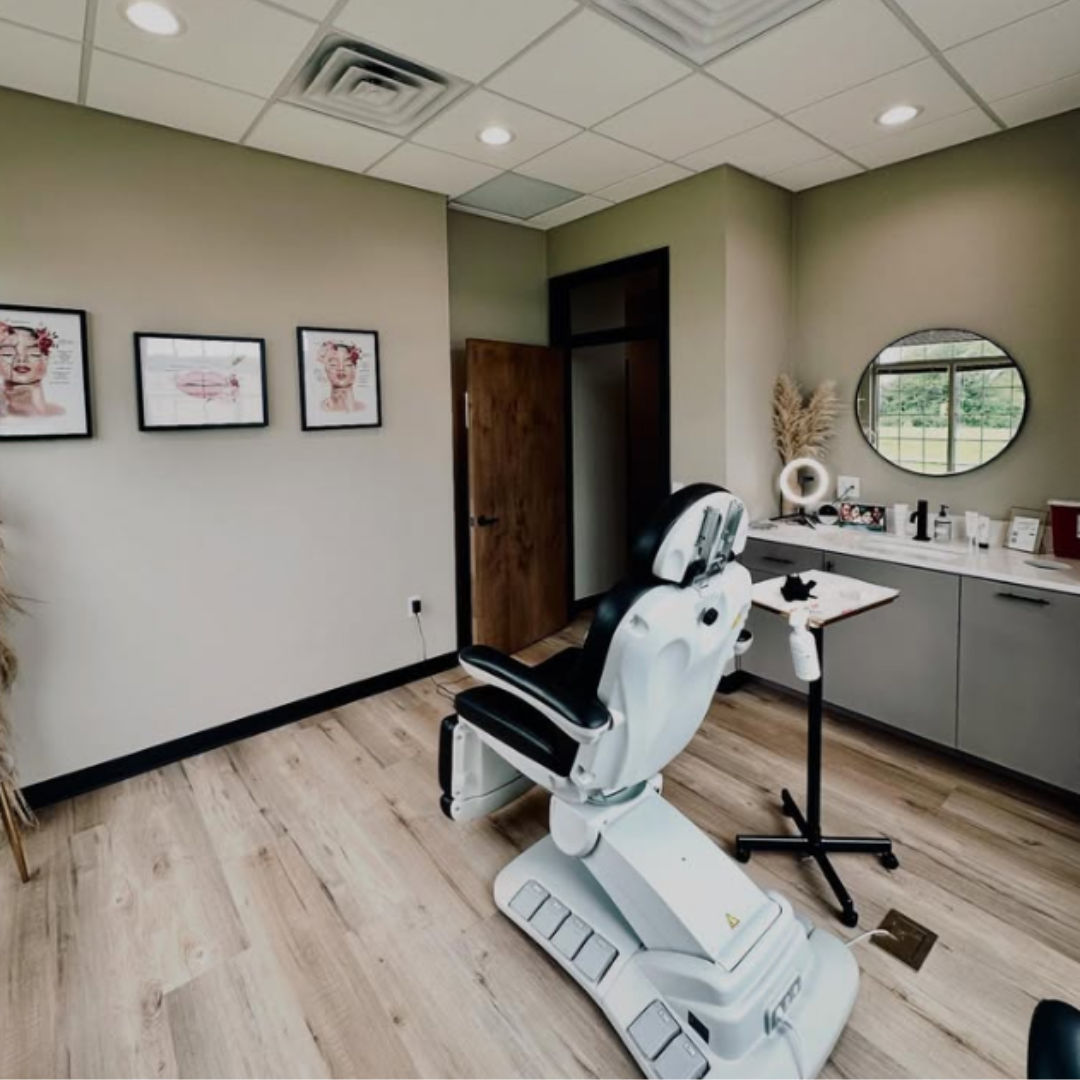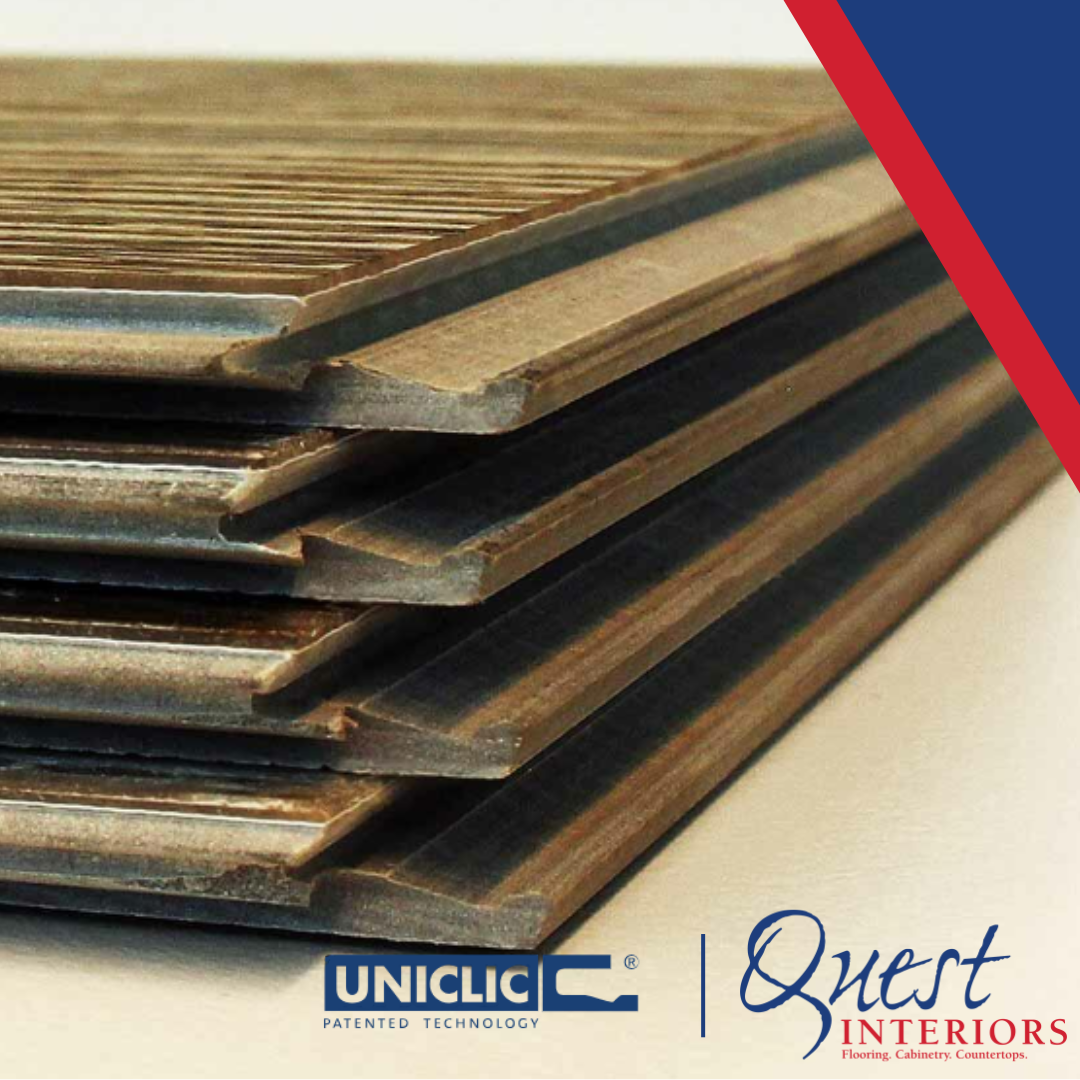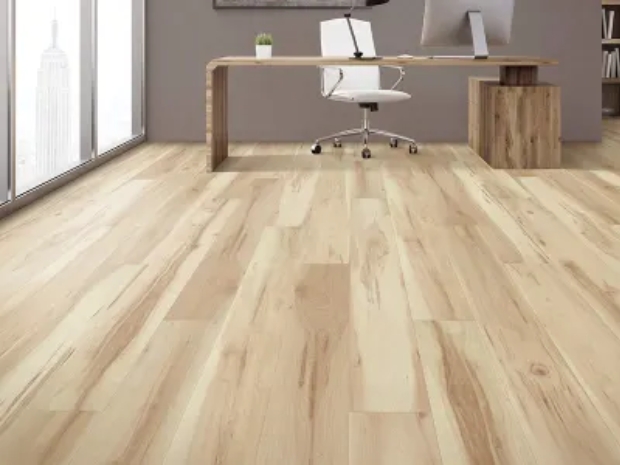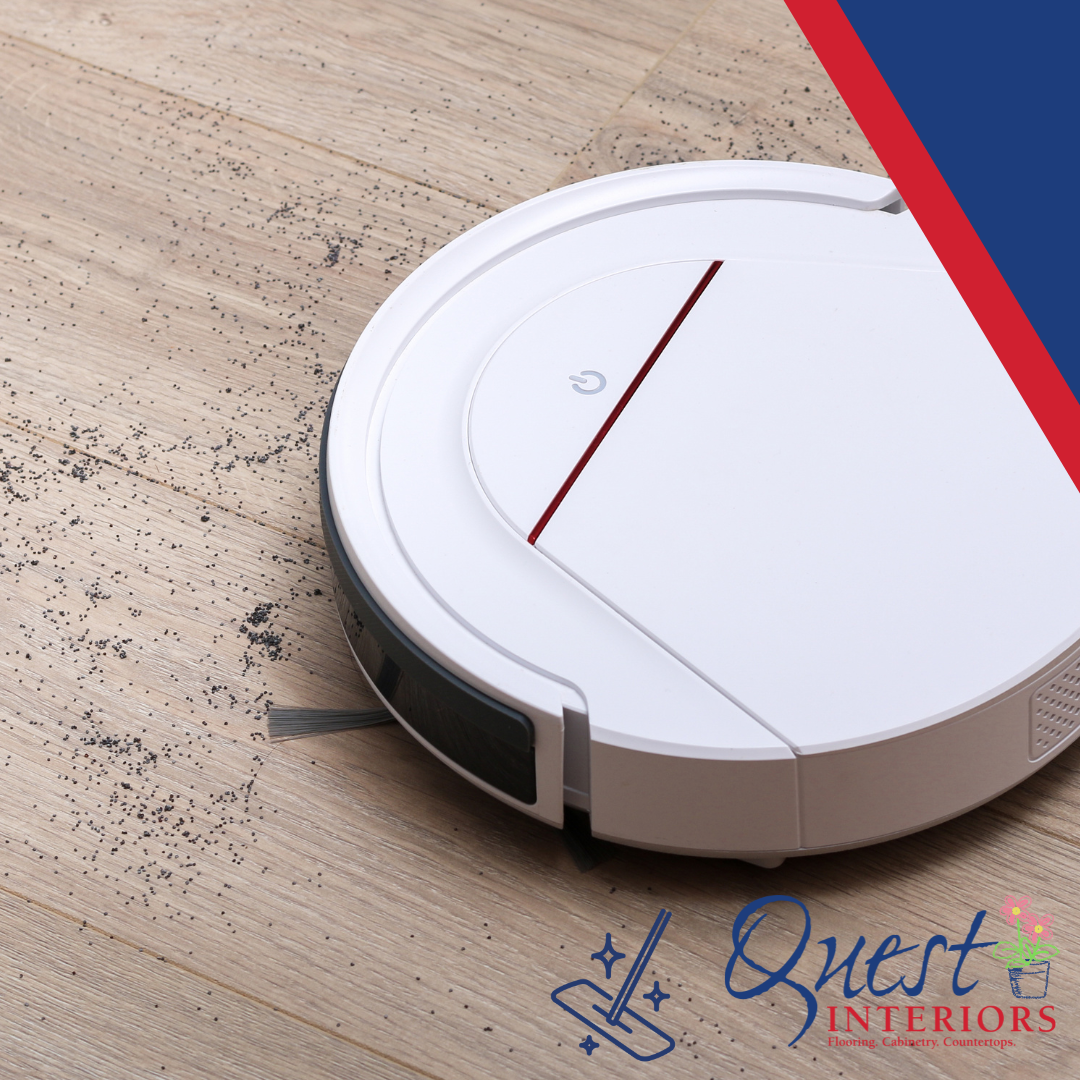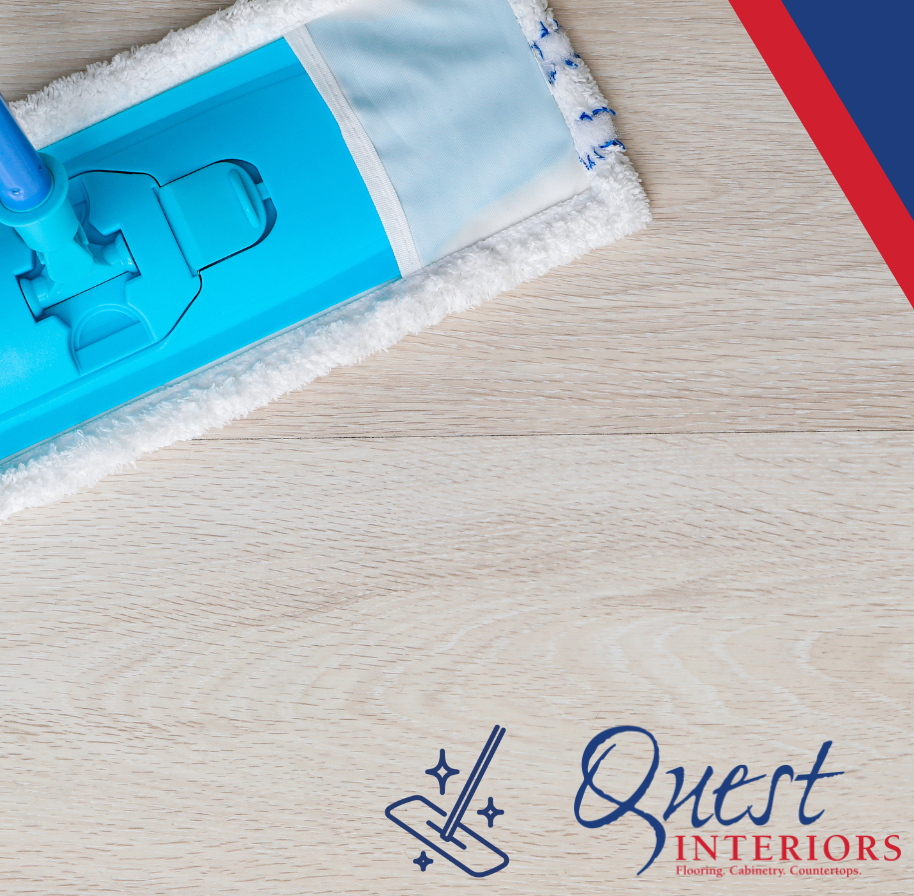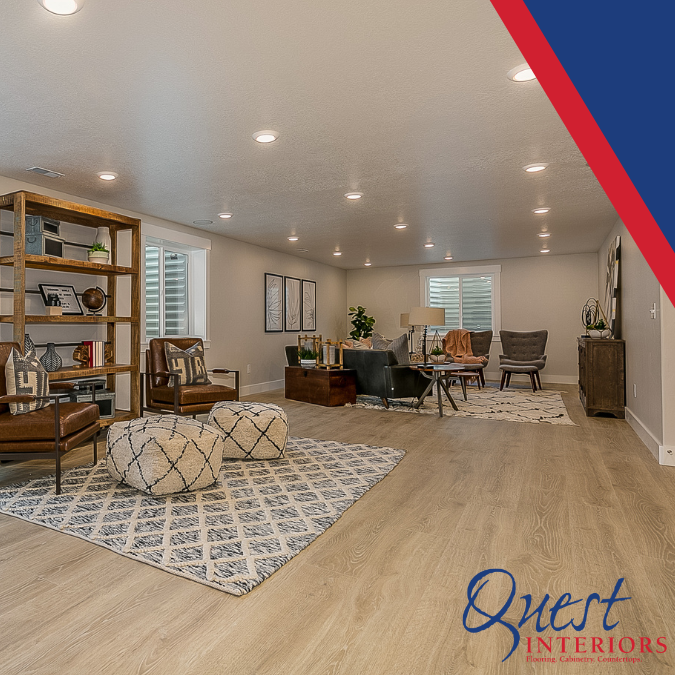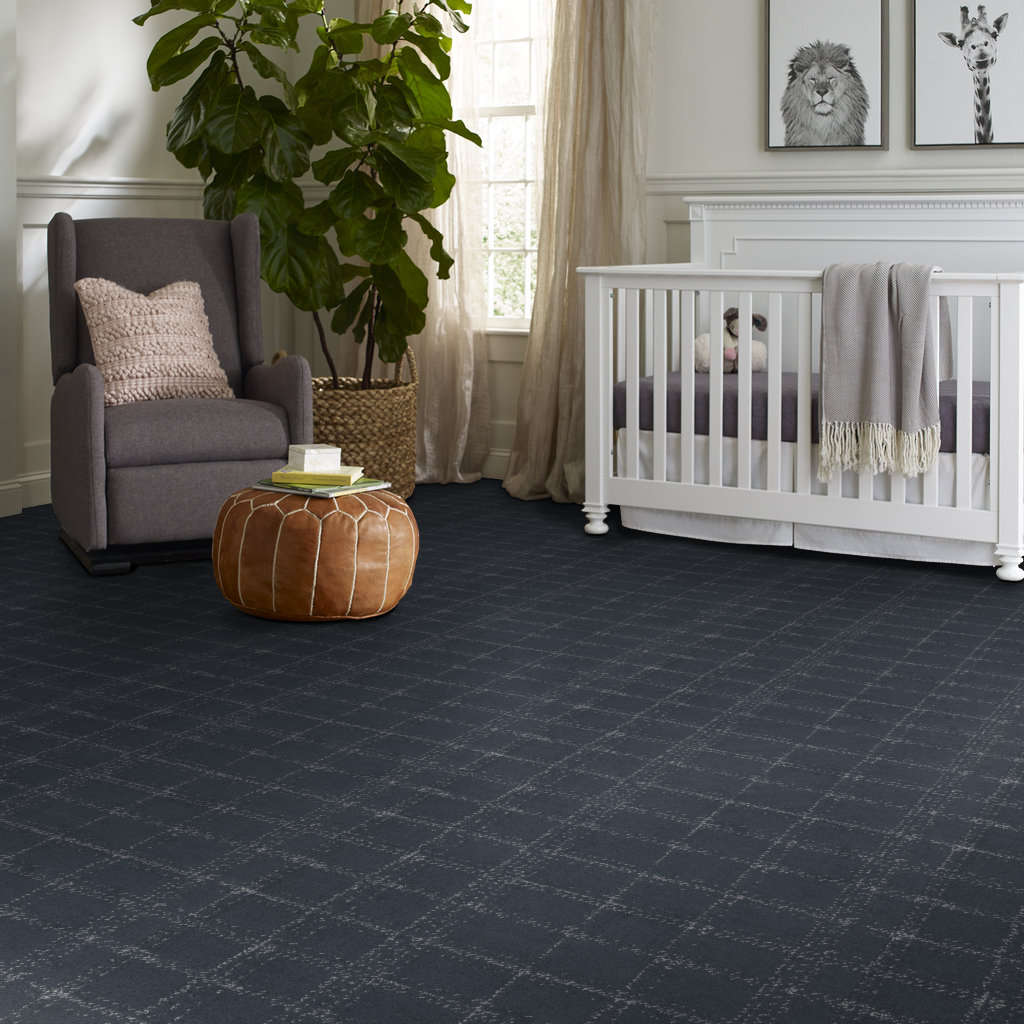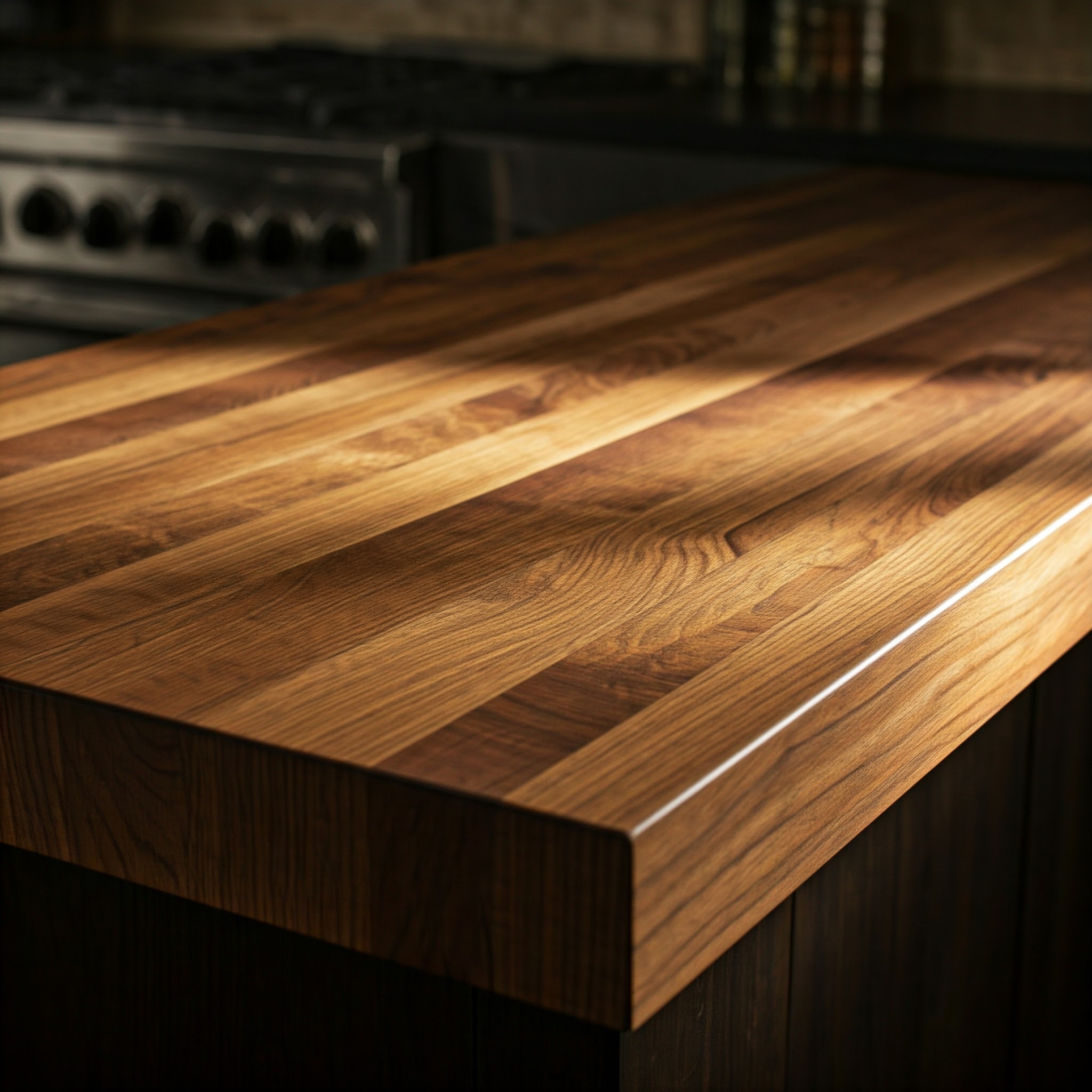Unique Fabrication = Unique Dining Experience
Quest Interiors at The Hot in Green Bay
Quest Interiors: The Commercial Choice Behind Green Bay’s Hottest New Restaurant

Green Bay, get ready to ignite your senses! A new culinary star has arrived on the scene, promising an experience unlike any other. We’re thrilled to introduce “The Hot,” Green Bay’s premier Korean Hot Pot restaurant, and even more excited to announce that Quest Interiors played a pivotal role in bringing their unique vision to life. From the moment you step through their doors, you’ll be immersed in an atmosphere where delicious food meets impeccable design, largely thanks to the stunning and highly functional tabletops we proudly supplied.
The Rise of Hot Pot: A Culinary Phenomenon
For those unfamiliar, Korean Hot Pot is more than just a meal; it’s a communal and interactive dining experience. Imagine a simmering pot of flavorful broth at the center of your table, surrounded by an array of thinly sliced meats, fresh vegetables, noodles, and delectable sauces. Diners select their ingredients, cook them in the bubbling broth to their liking, and customize each bite, creating a personalized culinary journey with every mouthful. It’s a feast for the senses, a chance to connect with loved ones, and a truly engaging way to enjoy a meal.
Quest Interiors: Crafting the Foundation of Flavor
When The Hot envisioned their restaurant, they knew that the foundation of their interactive dining experience lay in their tables. These weren’t just any tables; they needed to be durable, hygienic, aesthetically pleasing, and, most importantly, expertly designed to accommodate the integrated heating elements crucial for hot pot. This is where Quest Interiors, with our extensive experience in both residential and commercial quartz installations, stepped in.
The choice of material for these high-traffic, high-heat tables was paramount. After careful consultation, LX Viatera Sugar White quartz was selected, and the results are simply breathtaking.
Why LX Hausys Viatera Sugar White Quartz?
Unmatched Durability for Commercial Environments: Restaurants, by nature, are demanding environments. Spills, heat, constant cleaning, and heavy use are the norm. LX Viatera quartz is an engineered stone composed of up to 93% natural quartz, one of the hardest minerals on Earth. This inherent strength makes it incredibly resistant to scratches, chips, and cracks – vital for tabletops that will see continuous action. For The Hot, where hot pots will be simmering and utensils will be clanking, this durability ensures the tables will maintain their pristine appearance for years to come, minimizing maintenance and replacement costs.
Superior Hygiene and Easy Maintenance: In a food service setting, cleanliness is non-negotiable. Viatera quartz is non-porous, meaning it does not absorb liquids or harbor bacteria, mold, or mildew. This is a significant advantage over many other countertop materials. The Hot’s LX Viatera Sugar White tables are incredibly easy to clean and sanitize, requiring only simple wiping with a damp cloth and mild soap. This non-porous nature also means they are highly stain-resistant, a crucial feature when dealing with flavorful broths, sauces, and ingredients common in hot pot dining. Unlike natural stones, quartz doesn’t require sealing, further simplifying upkeep and ensuring a consistently hygienic surface for diners.
Beyond Residential: Quest Interiors’ Commercial Expertise
While Quest Interiors is widely recognized for our exquisite residential quartz countertop installations, The Hot project serves as a shining example of our extensive capabilities in the commercial sector. We understand that commercial projects demand a different level of planning, precision, and adherence to timelines. Our team is equipped to handle large-scale fabrications and installations, working closely with businesses and contractors to bring their commercial visions to fruition.
From restaurants and retail spaces to offices and healthcare facilities, Quest Interiors provides comprehensive countertop solutions tailored to the unique needs of each commercial client. Our commitment to quality, durability, and aesthetic excellence remains steadfast, whether we’re upgrading a home kitchen or outfitting an entire restaurant.
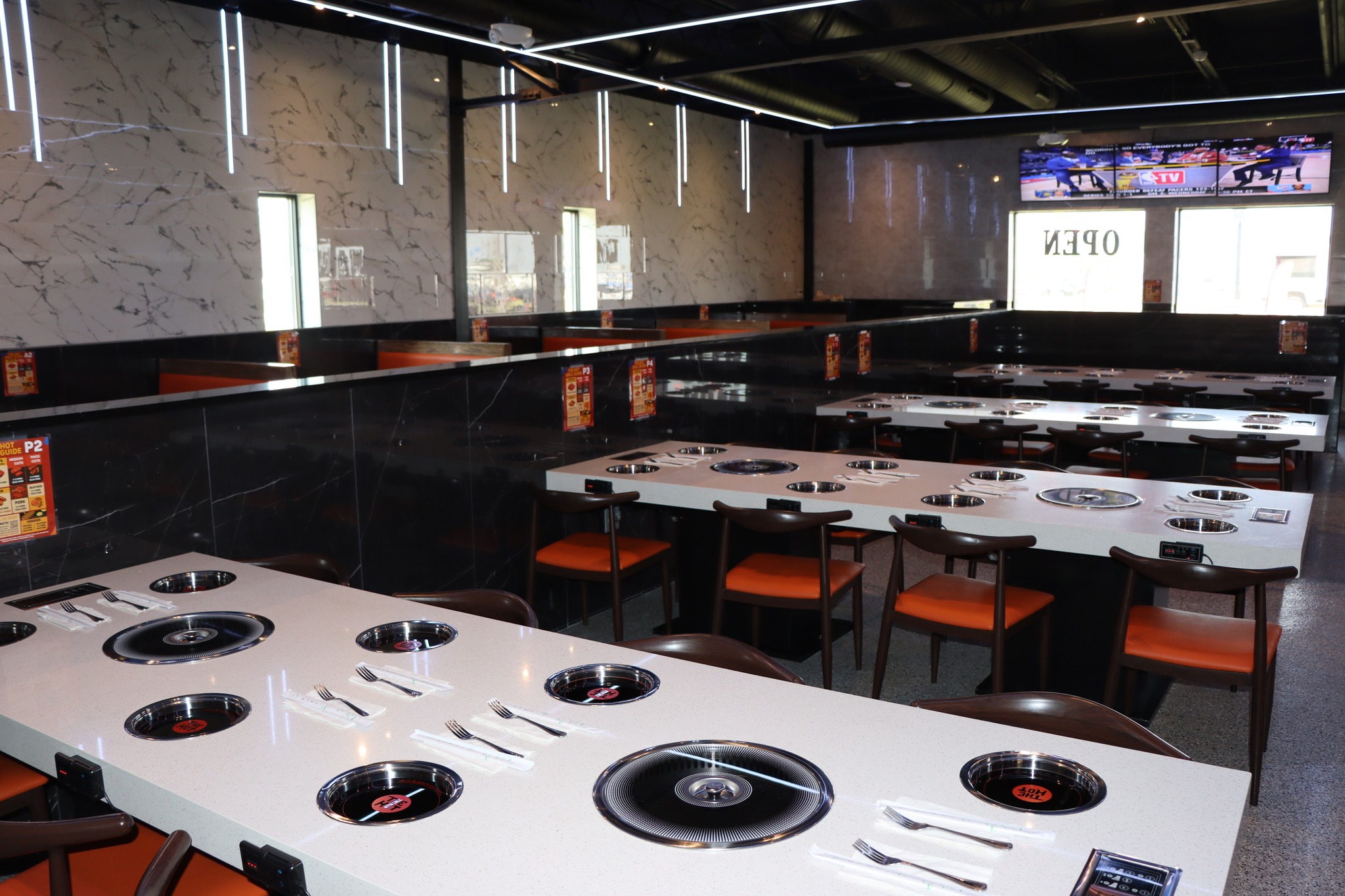

Elevating the Ambiance: Quest Interiors and The Hot’s Signature Signage
Beyond the expertly crafted tabletops, Quest Interiors’ involvement in The Hot extends to another key design element that greets every visitor: the stunning backdrop for their interior signage. Recognizing the importance of a cohesive and high-quality aesthetic throughout the restaurant, The Hot once again turned to our expertise, this time to source and install the perfect material for their prominent interior sign.
To achieve a sophisticated and modern look that complemented the elegance of the Sugar White tabletops, LX Hausys Teracanto Charcoal White porcelain was selected as the backdrop for The Hot’s interior signage. This choice further underscores the restaurant’s commitment to quality materials and thoughtful design, with Quest Interiors playing a crucial role in bringing this vision to fruition.
Striking Aesthetics: The Teracanto line from LX Hausys is renowned for its luxurious appearance, and the Charcoal White variant offers a particularly compelling blend of subtle texture and sophisticated color. The “Charcoal White” description hints at a complex white with undertones or veining that provide depth and visual interest without being overpowering. This nuanced aesthetic provides an ideal backdrop for the restaurant’s branding, allowing their signage to stand out while seamlessly integrating with the overall interior design. The porcelain offers a touch of understated elegance that elevates the perceived quality of the space.
A Testament to Comprehensive Commercial Solutions
The inclusion of the Teracanto Charcoal White porcelain for The Hot’s interior signage further exemplifies Quest Interiors’ capability to provide comprehensive design solutions for commercial clients. We are not just limited to countertops; our expertise extends to sourcing and installing a wide range of premium surfacing materials that can enhance the aesthetic and functionality of any commercial space.
From statement signage to wall cladding and other custom design elements, Quest Interiors works closely with businesses to understand their vision and deliver tailored solutions that meet their specific needs and design goals. The Hot project serves as a compelling showcase of our ability to handle diverse material applications within a single commercial project, ensuring a cohesive and high-quality outcome.

